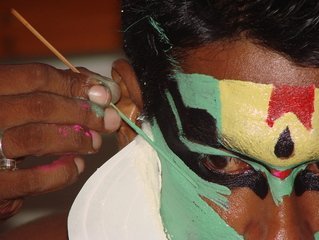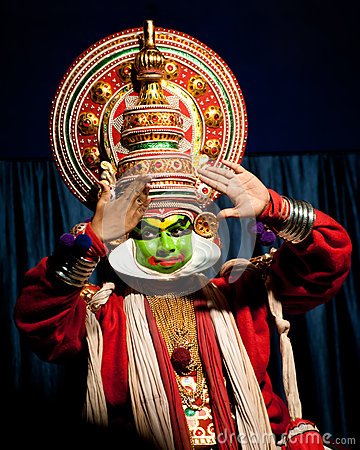Kathakali is an important form of classical Indian dance. This is a meeting of the "character" of the art work. Traditionally, men and women wear dresses and fashion masks are all cover art pieces. Kathakali mainly speaks Malayalam (Telugu)
The roots of Kathakali are unknown. Though the origins of the Kathakali originated in the seventeenth century, its roots in temple and folk arts (such as culprits and religious plays in the Southwest Indian peninsula) are the least. Located up to 1 million. A Kathakali performance, musicians, musicians, dancers, hands and prehistory combine to express ideas as all classical dance art forms. Nevertheless, there are martial arts in ancient India and movements from South Indian athletic traditions. In Hindu temples and monastic schools, different classical Indian dances differ in the structure and details of the art form developed by courts and theater in Hindu prints.
Traditional ideas from Kathakali are Hindu mythology, religious mythology and ancient mythology from Hindu mythology. Traditionally he praised that practice in the mythical Malayalam. Modern writings include Indian Kathakali Tuushas women's artists, just western stories, Shakespeare and Christianity.
